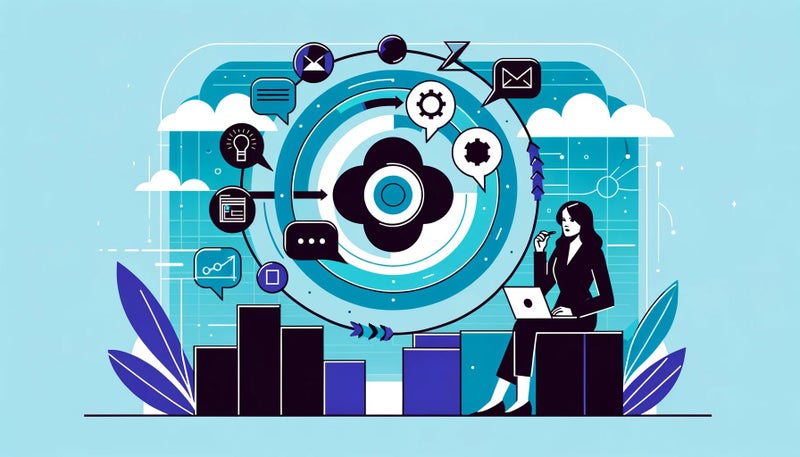Contents
- What is the Agile Software Development Lifecycle?
- Traditional vs. Agile: A Tale of Two Approaches
- The Agile Journey: A Step-by-Step Guide
- Unlocking the Power of Agile for Remote Teams
- Ready to Embrace the Agile Journey?
Need to implement an Agile Software Development Lifecycle (ASDLC)? Smart move! An agile lifecycle can be a game-changer for productivity and performance - especially for software development teams. But what is the right method to use, and how can you use it without disrupting workflows?
This guide will equip you with the expertise and practical tips to implement an agile software development lifecycle for your team.
What is the Agile Software Development Lifecycle?
The term ‘Agile’ is an umbrella for multiple methodologies and frameworks, such as Scrum, Kanban and Extreme Programming.
This agile lifecycle throws out the rulebook on traditional development methods. It’s all about flexibility, teamwork, being adaptive, and making sure customers are always happy.
Traditional vs. Agile: A Tale of Two Approaches
Traditional development is a bit like firing pottery: slow, rigid, and vulnerable to unexpected knocks.
Agile, on the other hand, is re-posable clay, adapting to feedback and evolving with each sprint. This flexibility makes it ideal for remote teams, where requirements can quickly shift.
When it comes to performance, the numbers don't lie. Agile boasts a 64% success rate, compared to the waterfall model's 49%.
Unsurprisingly, Agile’s usage is on the rise too. Between 2020 and 2021, Agile adoption within software teams increased from 37% to 86% – and the numbers continue to grow.
The Agile Journey: A Step-by-Step Guide
Agile is an iterative approach governed by continuous improvement, not just reaching a finish line. Each phase is a stepping stone towards building a user-loved product:
- Concept: Brainstorm and plan the initial vision, laying the foundation for your digital masterpiece.
- Inception: Define requirements, assemble your team, and set clear goals. This is where your vision starts to take shape.
- Iteration: The heart of the process! Teams work in short sprints to create, test, and refine features, adapting as needed. Think of it as building your structure one floor at a time.
- Release: Share your work with the world! But this is just the beginning. Gather feedback, learn, and iterate for future improvements.
- Maintenance: Keep your product shining with updates and bug fixes, ensuring its relevance and user-friendliness.
- Retirement: When your product has reached its end, gracefully retire it. The lessons learned pave the way for future Agile adventures.
Unlocking the Power of Agile for Remote Teams
Agile offers remote teams several advantages:
- Enhanced Collaboration: We know that 75% of employees rate teamwork and collaboration as very important. Regular communication and feedback are built into the Agile process, keeping everyone aligned, even across miles.
- Increased Flexibility: Agile's adaptability allows you to embrace change, a crucial skill in today's dynamic world.
- Happier customers: Agile’s customer-centric approach is better for business, in every way.
Ready to Embrace the Agile Journey?
- Embrace Technology: Utilize tools like JIRA, Slack, and Zoom to facilitate Agile practices. Virtual stand-ups, sprint reviews, and retrospectives keep communication flowing.
- Lead the Change: Agile isn't just a methodology – it's a cultural shift. Encourage your team to embrace continuous learning and improvement.
Implement the agile software development lifecycle to cultivate a remote team that thrives on collaboration, flexibility, and continuous improvement.







